When stored properly you can keep sourdough discard indefinitely.
Maintaining a sourdough starter means you will have a constant supply of leftover sourdough discard that must be tossed or saved and used for other recipes.
Keep reading to learn the best ways to store your sourdough discard and how to know if it has gone bad.
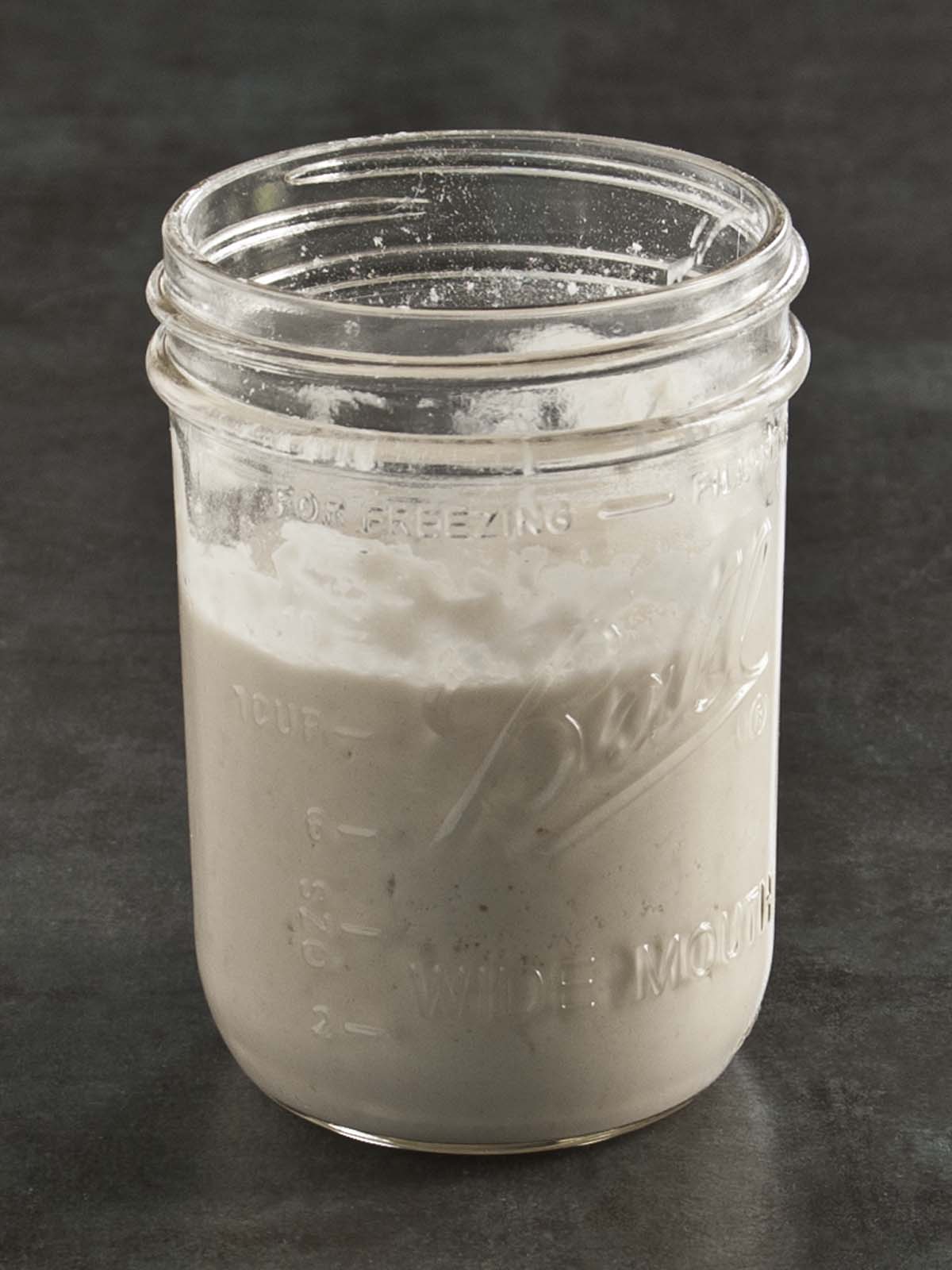
Jump to:
- Save This Recipe to Your Email
- What is Sourdough Starter?
- What is Sourdough Discard?
- How to Store Sourdough Discard
- How Long Can I Keep Sourdough Discard in the Fridge?
- Can I Add Discard From Different Days to the Same Jar?
- Can I Use Sourdough Discard Straight from the Fridge?
- Can You Freeze Sourdough Discard?
- Does Sourdough Discard Go Bad?
- When to Discard Sourdough Discard?
- Can Old Sourdough Discard Make You Sick?
- Can Sourdough Discard be Used to Make a New Starter?
- Sourdough Discard Recipes
- 💬 Comments
What is Sourdough Starter?
Sourdough starter is used to raise baked goods. They contain a combination of wild yeast and bacteria that take the place of commercial yeast from the grocery store in recipes.
It is the presence of these naturally occurring yeasts and bacteria that help sourdough bread rise and give it a sour taste. To learn more about the science behind sourdough read this article from Scientific American.
For thousands of years, sourdough bakers have been maintaining sourdough starters in order to bake loaves of bread with delicious sourdough flavor. But you can't have a sourdough starter without creating sourdough discard.
What is Sourdough Discard?
Sourdough discard is the part of your active starter that you usually throw away when you feed it. It is also known as unfed starter.
It is less bubbly than an active sourdough starter and is not strong enough to make bread dough rise on its own. But that does not mean it should be thrown away.
Sourdough discard is typically runnier than sourdough starter because it has consumed all of its food and has started to break down.
Sourdough starter can be saved and used in sourdough discard recipes. It is an easy way to add tons of incredible flavor to baked goods. The lactic acid found in sourdough discard adds flavor and helps to tenderize wheat proteins.
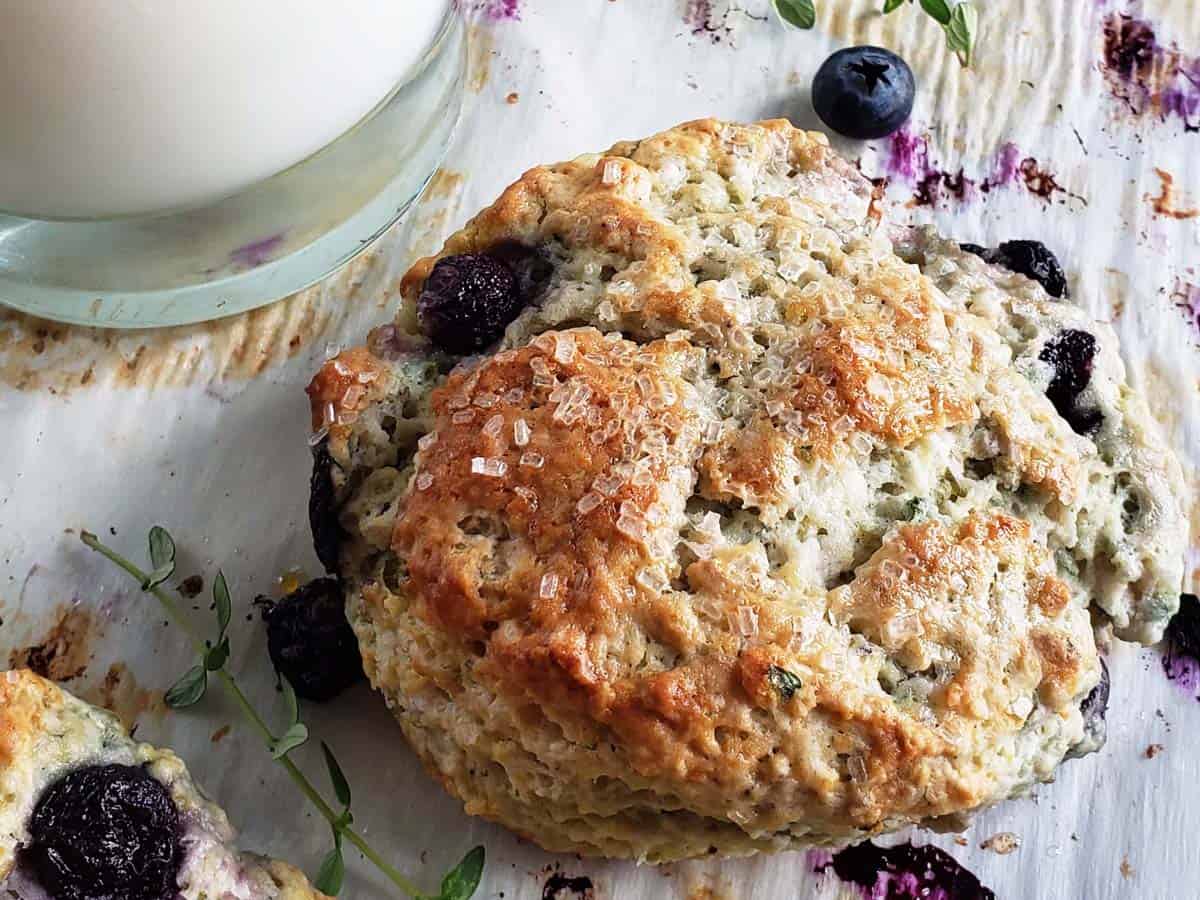
Some of my favorite sourdough recipes include Sourdough Flatbread, Sourdough Discard Banana Bread, Sourdough Sugar Cookies, and these Sourdough Blueberry and Fresh Thyme Scones.
For more details check out this post: What is the difference between sourdough starter and sourdough discard?
How to Store Sourdough Discard
Many bakers will use their sourdough discard right away. But in an effort to reduce waste and the amount of baking I must do on a daily basis I maintain what is known as a micro sourdough starter.
This means when I refresh my starter by feeding it I am only adding 20 grams of starter to my discard jar. This small amount of discard isn't enough for most sourdough discard recipes.
Each day I save my discard in an airtight container until I have enough for the sourdough discard recipe I want to make. Sourdough discard will last at room temperature for a couple of days.
Check this post out for more information on choosing the perfect container for your sourdough starter and discard.
There are other storage options mentioned below that will allow you to save your sourdough discard for longer.
How Long Can I Keep Sourdough Discard in the Fridge?
Refrigerating sourdough discard basically puts it to sleep and dramatically slows down the fermenting process.
I typically store my discard in the refrigerator. I keep it in a quart canning jar that is loosely sealed. I prefer wide-mouth canning jars because they make it easier to add and remove discard.
I try to use my refrigerated sourdough discard within a week or two but you can probably store it in the refrigerator indefinitely. However, the quality and flavor of the discard will change and deteriorate over time.
Can I Add Discard From Different Days to the Same Jar?
Yes, actually adding fresh discard to a jar of older discard is a great way to lengthen the amount of time you can store it. Adding fresh discard provides additional food for wild yeast and bacteria.
Can I Use Sourdough Discard Straight from the Fridge?
Yes, unless your discard recipe specifically says to bring the ingredients to room temperature, you can use sourdough discard straight from the fridge.
It may be a little thick so make sure you mix it really well.
Can You Freeze Sourdough Discard?
The best way to store discarded starter for longer periods of time is to freeze it.
Tip: I recommend freezing it in one half to one cup quantities. Which are common amounts used in most sourdough discard recipes.
Frozen sourdough discard can be kept for a long time but you should always be on the lookout for freezer-burn which can reduce its quality.
To freeze sourdough discard: I like to pour my sourdough discard into a silicone ice cube tray to freeze. Once it is frozen you can easily pop the sourdough discard cubes out of the tray and place them in a zip top bag.
Label the bag with the contents and date and store in your freezer for up to 12 months.
To Use Frozen Discard: Place the necessary amount in a bowl and let it thaw on the counter.
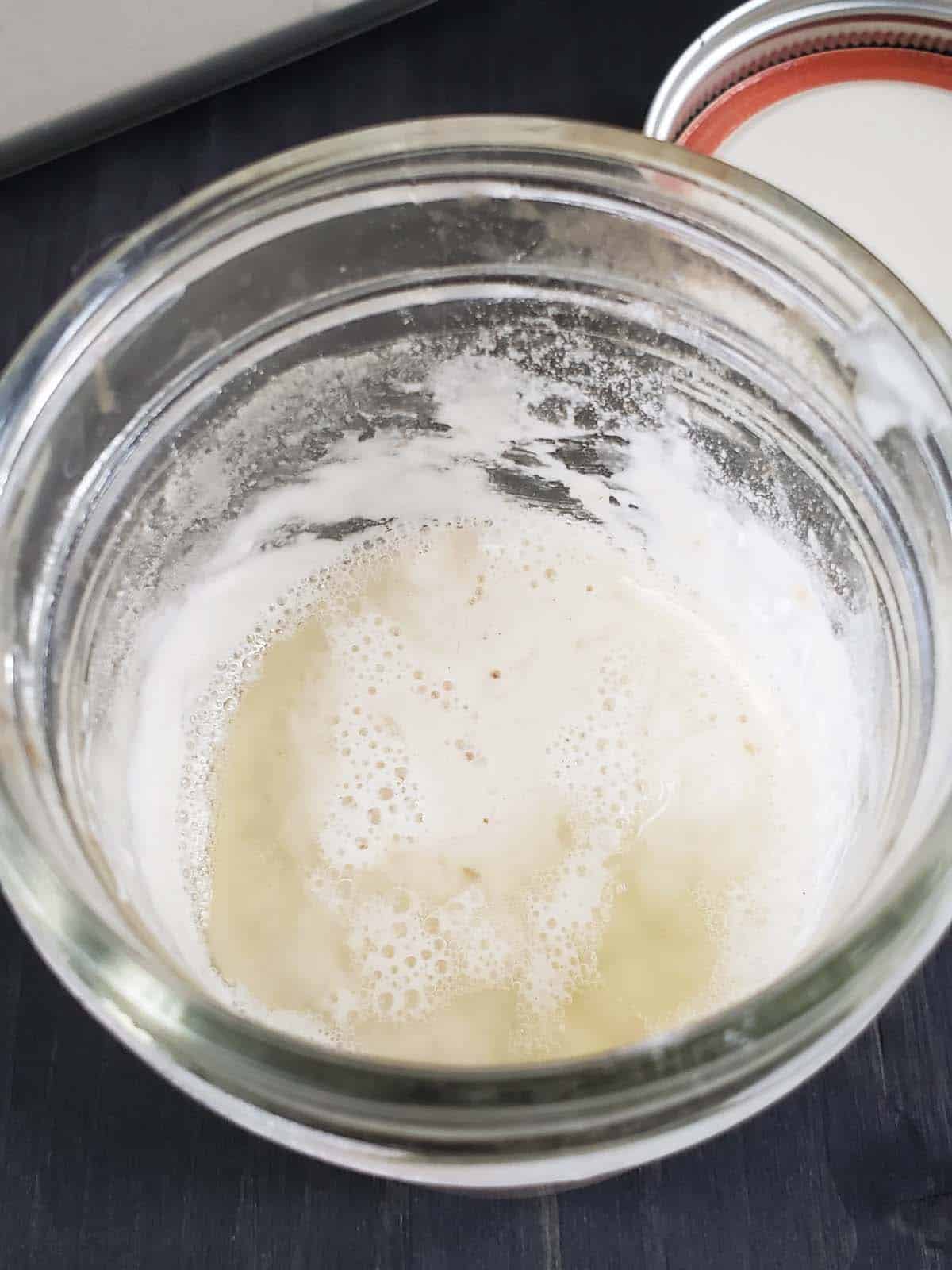
Does Sourdough Discard Go Bad?
As sourdough discard ages it will become more and more sourer and have a strong acetone smell similar to nail polish remover. It will also produce a clear to grayish liquid on top known as hooch.
According to King Arthur Baking Company, hooch is an alcohol by-product of the fermentation process and is an indicator that your discard is hungry. Sourdough discard in this state is still ok to use, just stir the hooch back in.
But remember the older discard is the stronger its flavor will be. A strongly flavored discard is probably not the best for a sweet sourdough recipe. Fresh sourdough discard won't be as acidic and will have a milder flavor.
According to the American Society for Microbiology, one of the most common strains of bacteria found in sourdough starters is Lactobacillus. This strain of bacteria produces lactic and acetic acid which gives sourdough its characteristic sour flavor.
Lactobacilli is also necessary to maintain the health of your sourdough starter and its discard. It produces an antibiotic that protects your starter from the invasion of other bad bacteria.
You will know these harmful bacteria are present if you see streaks of color in your sourdough starter or discard. If this happens you will need to throw it away.
When to Discard Sourdough Discard?
As mentioned above if you see any visible mold aka fuzzy spots or streaks of color on your sourdough discard, throw it away. You might only see mold on the top and think your discard is still ok to use if you scrape away the visible mold but this isn't the case.
By the time you see visible mold, the mold spores have spread throughout your sourdough discard.
Can Old Sourdough Discard Make You Sick?
Yes, consuming mold can cause a variety of illnesses. You wouldn't eat a moldy strawberry so don't eat moldy sourdough discard.
And yes even if you bake it moldy sourdough discard is still not safe to eat.
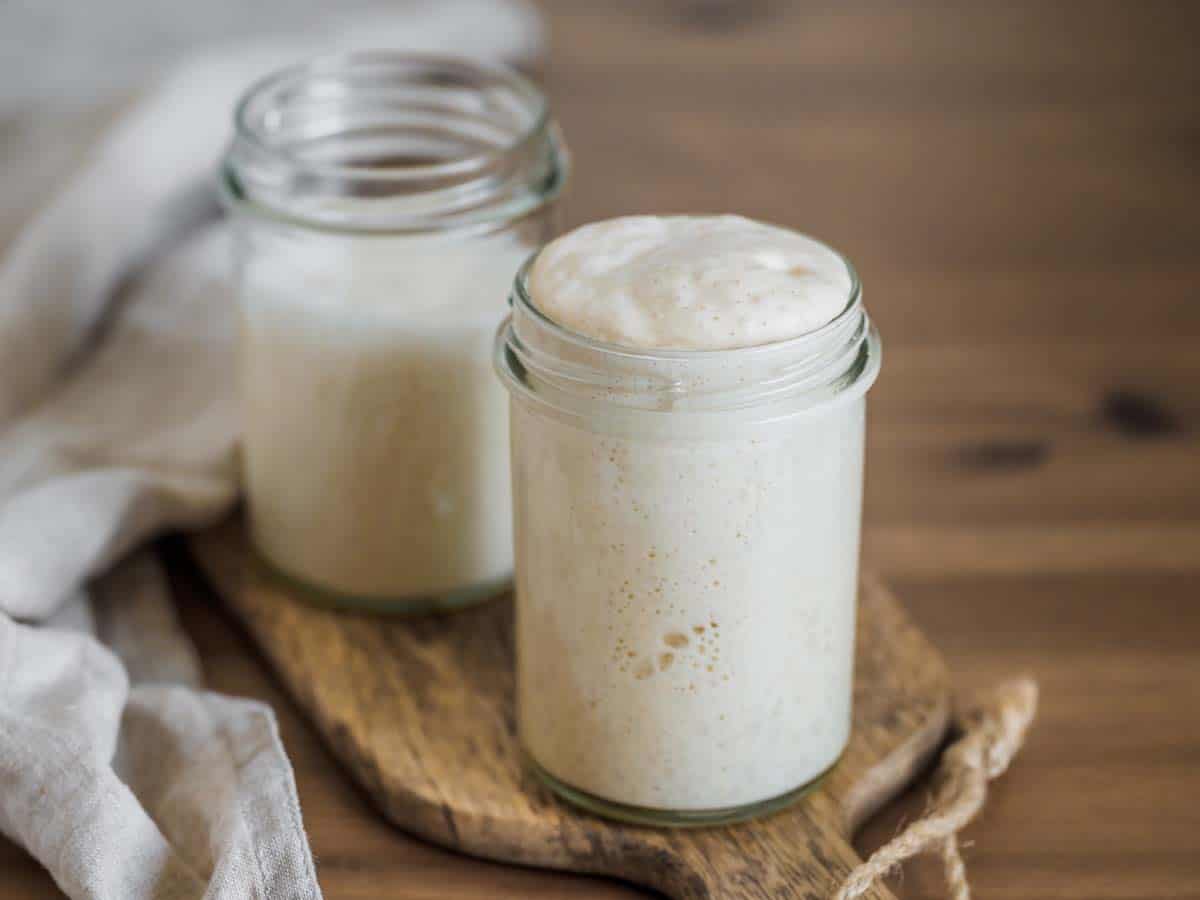
Can Sourdough Discard be Used to Make a New Starter?
Yes! Freshly discarded sourdough starter can be fed and shared with a friend to start their own sourdough baking journey.
Tip: It is also a good insurance policy if you accidentally bake your sourdough starter while preheating the oven to cook chicken nuggets for your son.
Simply take a portion of your sourdough discard and add it to a clean jar. Add equal parts of flour and water and stir together. For example 30 grams of discard + 30 grams of flour + 30 grams of water = a new sourdough starter.
Are you new to sourdough? I have plenty of information to help you on your sourdough journey.
Sourdough discard is actually my favorite part of maintaining a sourdough starter. It is so versatile and can be added to so many recipes.
Sourdough Discard Recipes
Thanks for Reading!
If you try this recipe, let me know! Leave a comment and rate it below! You can also snap a picture and post it on Facebook or Instagram be sure to tag me @RaspberriesandKohlrabi.
Subscribe to get more recipes and tips by email.


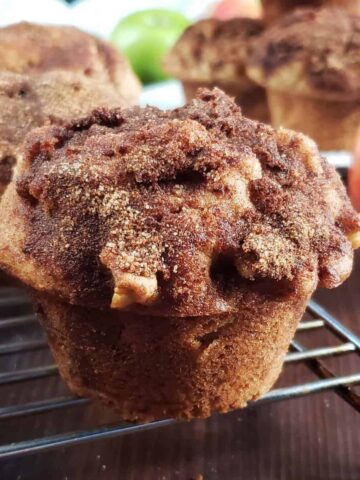
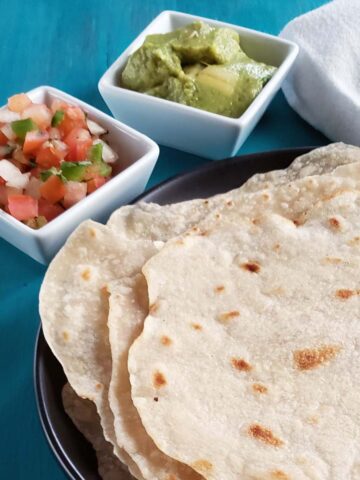
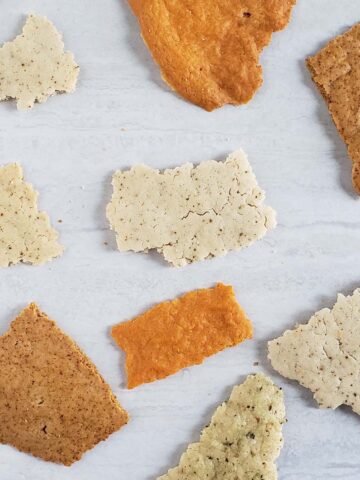
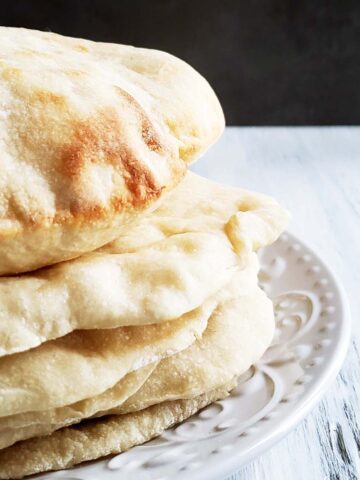
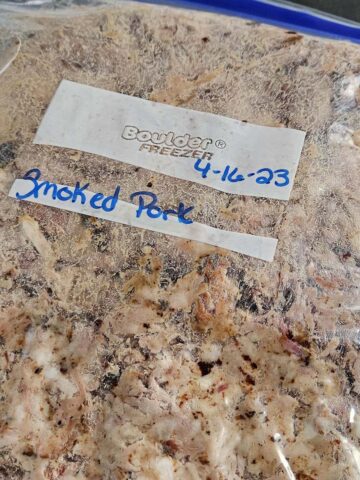
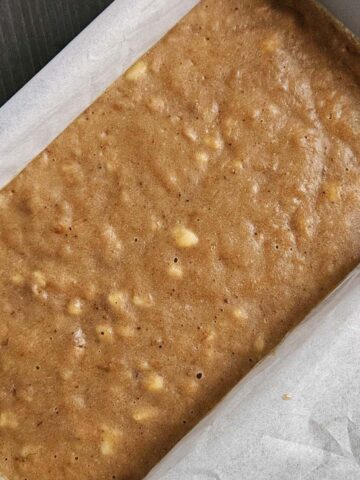
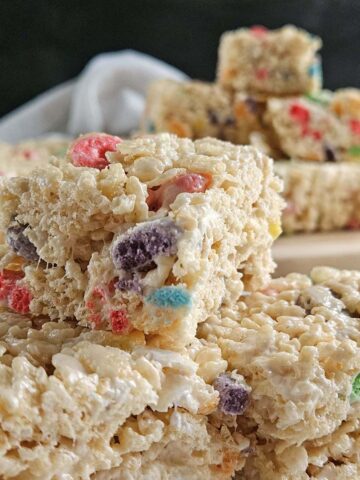
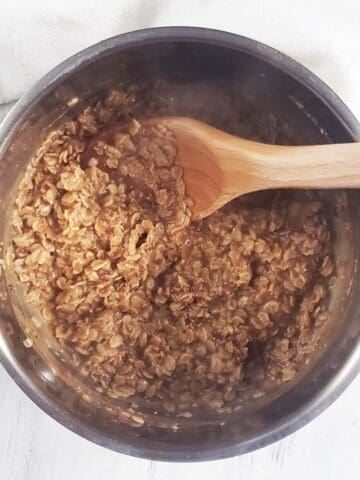
Anya says
I have gotten to the point where I don't really have discard anymore. My sourdough culture is about 3 t years old now. I keep two small jars in the fridge and bake every few weeks. I keep two jars just in case one goes bad or the jar breaks or something. When I want to bake, I pour off any hooch and divide into two new jars. I feed all four. The two newly fed ones I let rise for a few hours and then put back in the fridge. The others I let rise fully and then use to bake. Mature starter kept like this can go weeks in the fridge. If I were not going to bake in a long time, I would freeze or dry it to save for later.
Erica says
An excellent tip. There are so many ways to maintain a healthy starter. Everyone can figure out the method that works best for them.